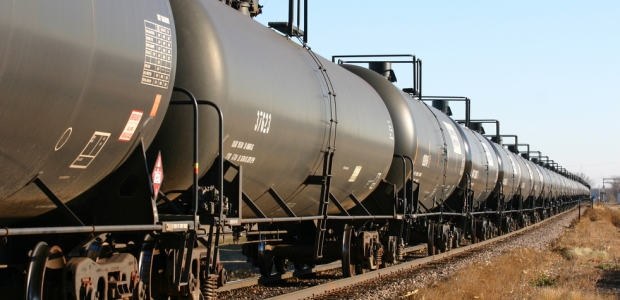
NTSB Calls for Stronger Controls on Oil Shipments by Rail
For the first time, the safety agency's recommendations are issued in conjunction with the Transportation Safety Board of Canada.
The National Transportation Safety Board has issued recommendation letters Jan. 23 to the U.S. Department of Transportation urging it to address the safety risk of transporting crude oil by rail. These letters were issued in coordination with the Transportation Safety Board of Canada, something NTSB had not done before now. These shipments are a huge safety issue and the subject of federal rulemaking efforts in both countries following derailments and a derailment-related disaster in Lac Megantic, Quebec.
NTSB noted shipments of crude oil by rail have risen by more than 400 percent since 2005, according to the Association of American Railroad's Annual Report of Hazardous Materials. "The large-scale shipment of crude oil by rail simply didn't exist ten years ago, and our safety regulations need to catch up with this new reality," NTSB Chairman Deborah A.P. Hersman said. "While this energy boom is good for business, the people and the environment along rail corridors must be protected from harm."
There are three recommendations issued to the Federal Railroad Administration and the Pipeline and Hazardous Materials Safety Administration:
- The first would require expanded hazardous materials route planning for railroads to avoid populated and other sensitive areas.
- The second is to develop an audit program to ensure rail carriers that carry petroleum products have adequate response capabilities to address the worst-case discharges of a train's entire quantity of product.
- The third is to audit shippers and rail carriers to ensure they are properly classifying hazardous materials in transportation and that they have adequate safety and security plans in place -- something the DOT agencies already have begun.
NTSB has been concerned about the vulnerability of DOT-111 rail tank cars to puncture in derailments for more than 20 years and has recommended retrofitting to make the tank head and shell more puncture resistant and requiring that bottom outlet valves remain closed during accidents. "If unit trains of flammable liquids are going to be part of our nation's energy future, we need to make sure the hazardous materials classification is accurate, the route is well planned, and the tank cars are as robust as possible," Hersman said.